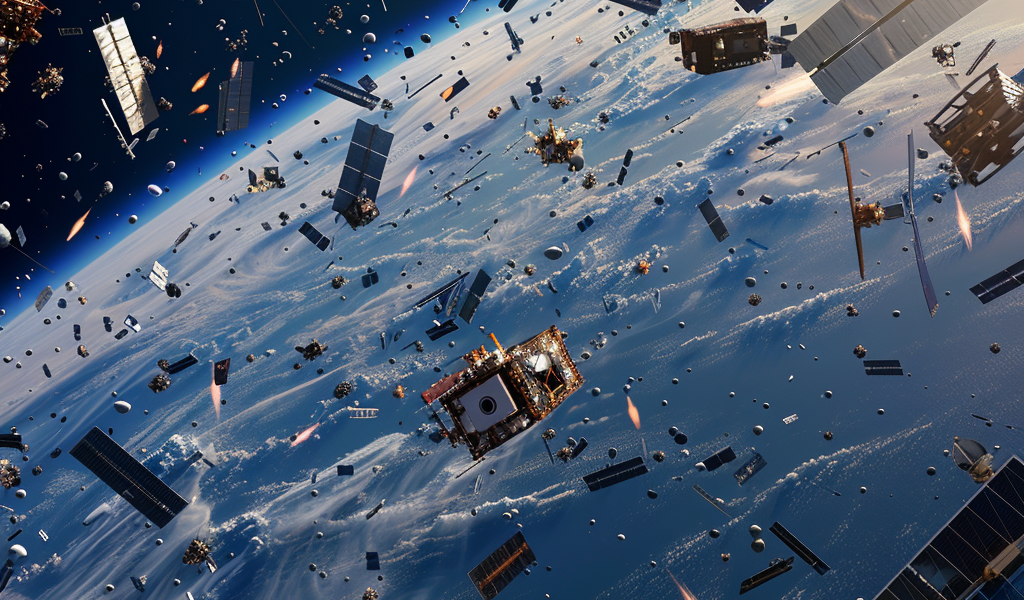An Endless Stream of Satellites Is Burning Up in The Sky, And Nobody Knows The Cost
Elon Musk’s SpaceX has announced it will dispose of 100 Starlink satellites over the next six months, after it discovered a design flaw that may cause them to fail. Rather than risk posing a threat to other spacecraft, SpaceX will ‘de-orbit’ these satellites to burn up in the atmosphere.
But atmospheric scientists are increasingly concerned that this sort of apparent fly-tipping by the space sector will cause further climate change down on Earth.
One team recently, and unexpectedly, found potential ozone-depleting metals from spacecraft in the stratosphere, the atmospheric layer where the ozone layer is formed.
The relative ‘low earth orbit’ where satellites monitoring Earth’s ecosystems are found is increasingly congested – Starlink alone has more than 5,000 spacecraft in orbit.
Clearing debris is therefore a priority for the space sector. Newly launched spacecraft must also be removed from orbit within 25 years (the US recently implemented a stricter five-year rule) either by moving upwards to a so-called ‘graveyard orbit’ or down into the Earth’s atmosphere.
Lower orbiting satellites are usually designed to use any remaining fuel and the pull of the Earth’s gravity to re-enter the atmosphere. In a controlled reentry, the spacecraft enters the atmosphere at a pre-set time to land in the most remote part of the Pacific Ocean at Point Nemo (aka the spacecraft cemetery). In an uncontrolled re-entry, spacecraft are left to follow a ‘natural demise’ and burn up in the atmosphere.
Nasa and the European Space Agency promote this form of disposal as part of a design philosophy called ‘design for demise’. It is an environmental challenge to build, launch and operate a satellite robust enough to function in the hostility of space yet also able to break up and burn up.





